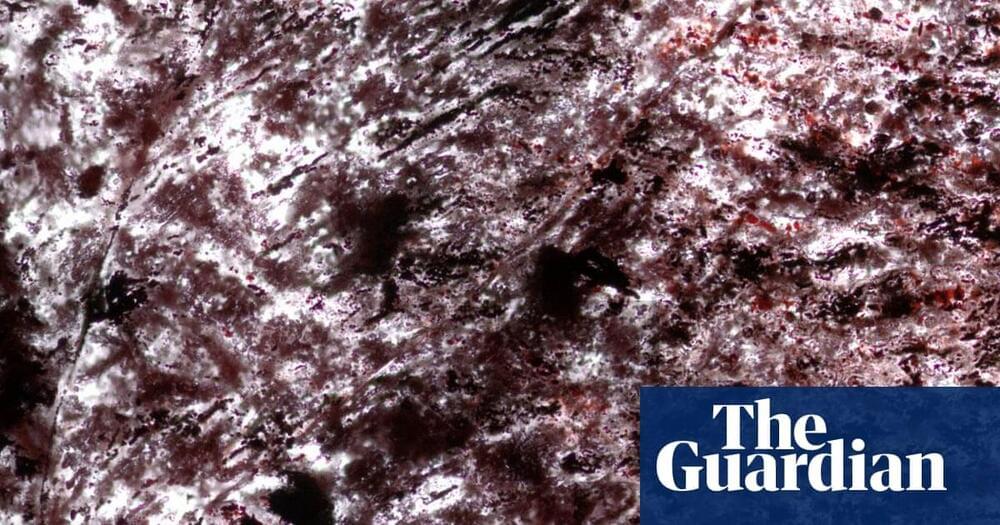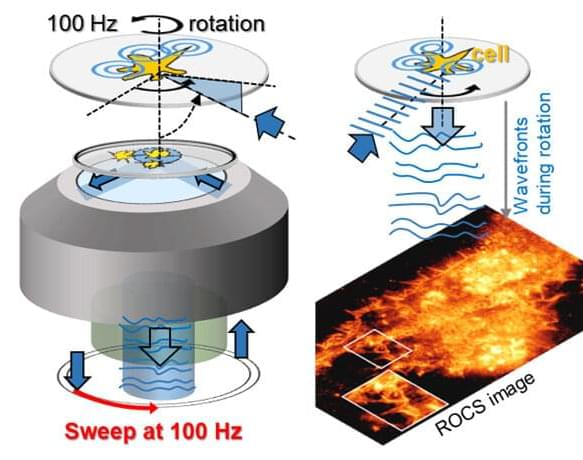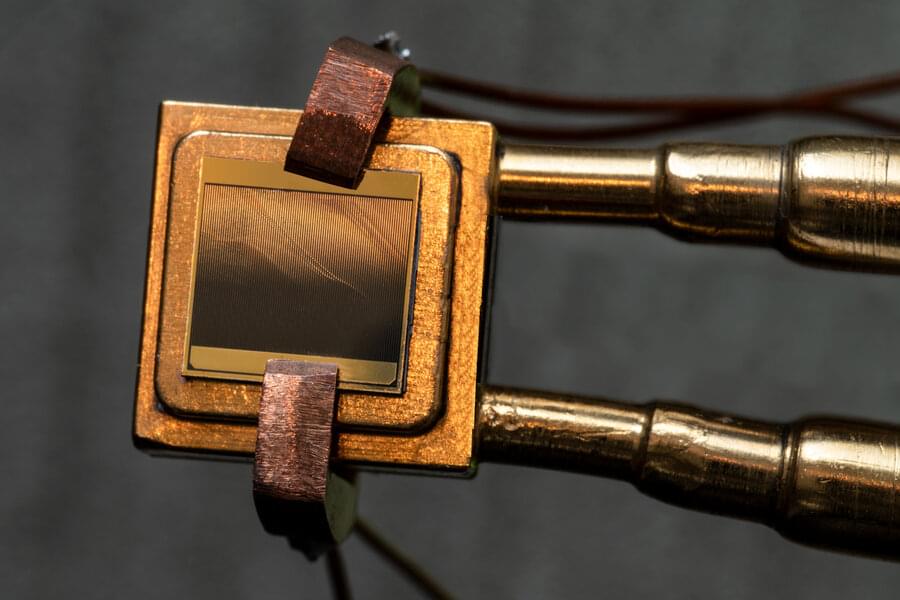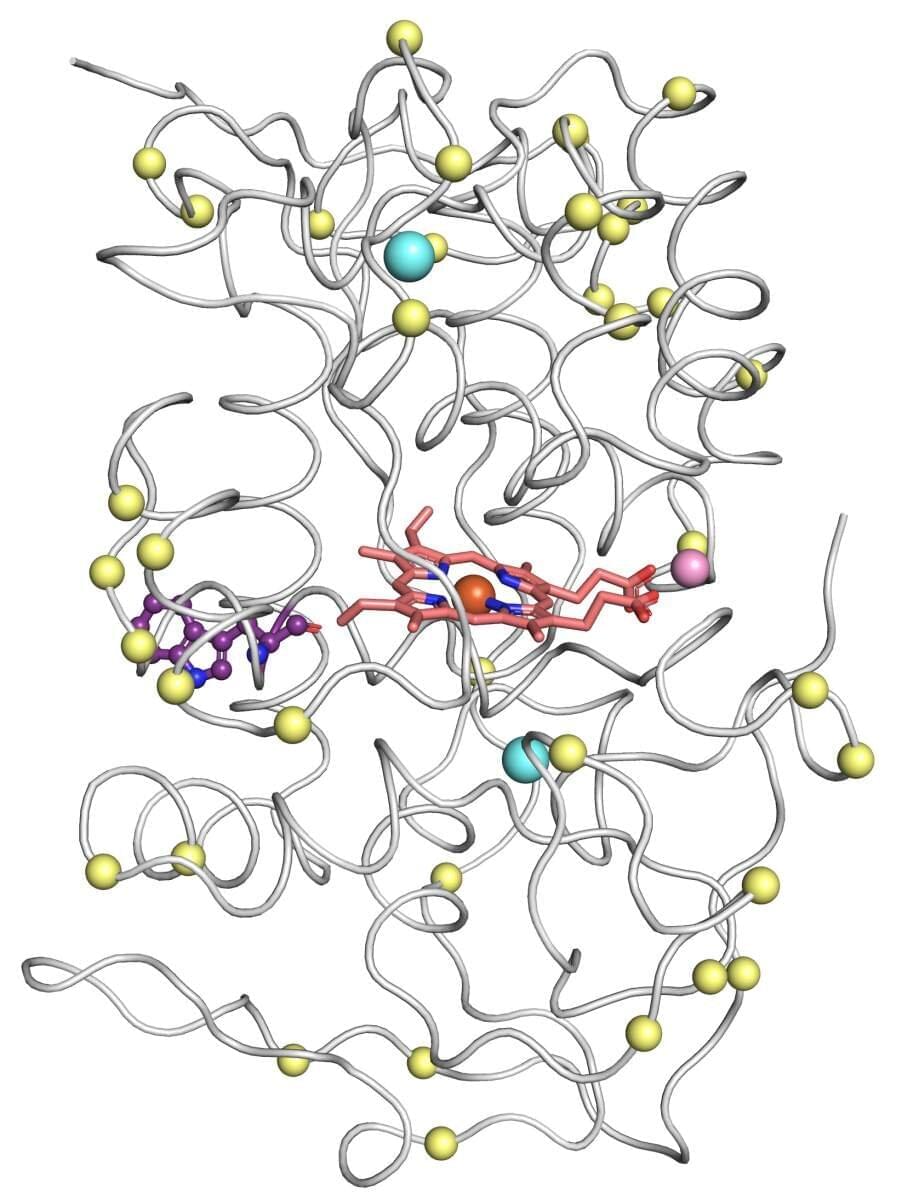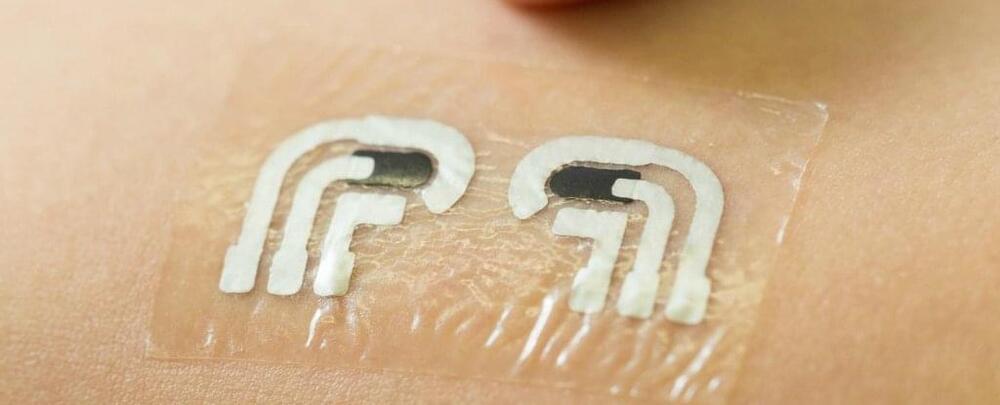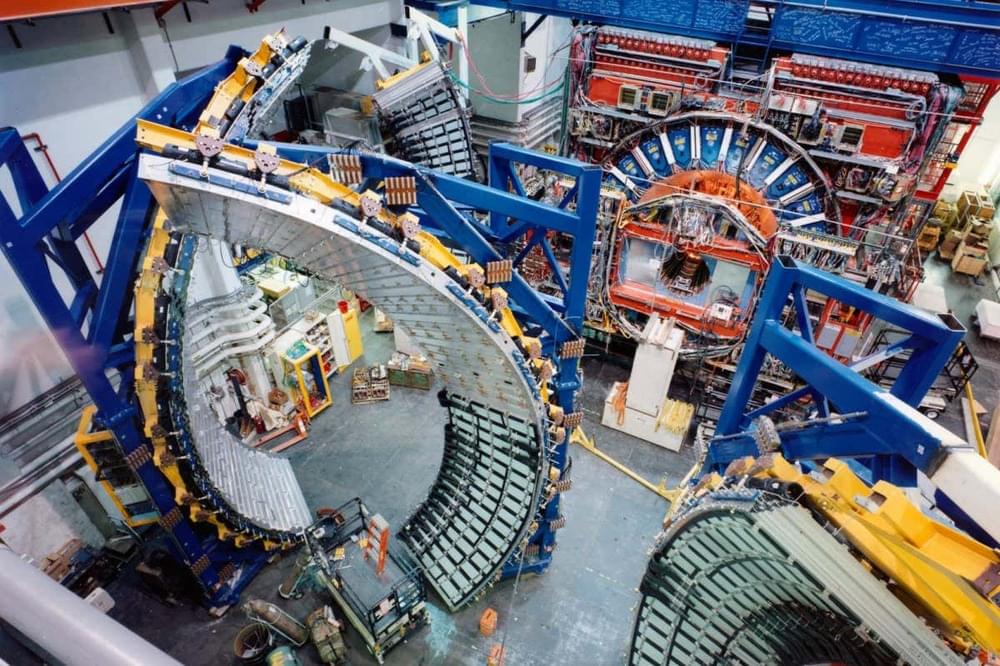
A new measurement of a fundamental particle called the W boson appears to defy the standard model of particle physics, our current understanding of how the basic building blocks of the universe interact. The result, which was a decade in the making, will be heavily scrutinised, but if it holds true, it could lead to entirely new theories of physics.
“It would be the biggest discovery since, well, since the start of the standard model 60 years ago,” says Martijn Mulders at the CERN particle physics laboratory near Geneva, Switzerland, who has written a commentary on the result for the journal Science.
The standard model describes three distinct forces: electromagnetism, the strong force and the weak force. Particles called bosons serve as mediators for these forces between particles of matter. The weak force, which is responsible for radioactive decay, uses the W boson as one of its messengers.
